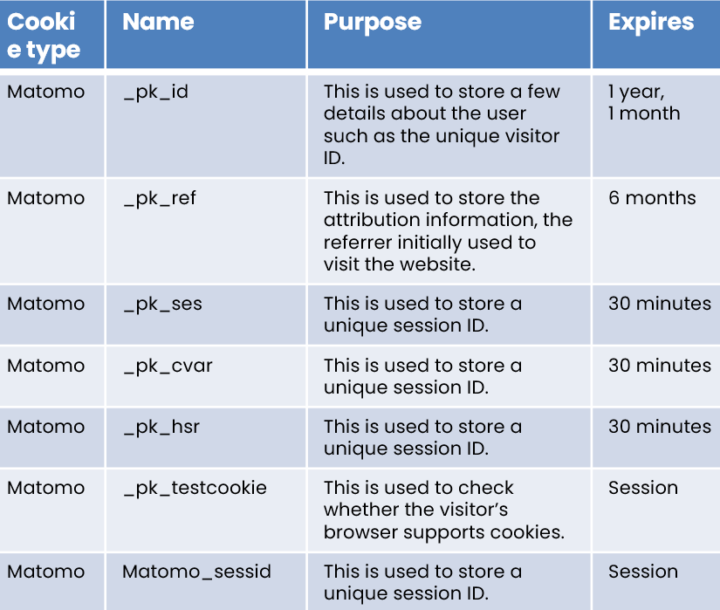Facts about haematology
Bleeding disorders are conditions where the blood does not clot (coagulate) properly following injury. This means that bleeding occurs for longer and can occur in joints, muscles or other parts of the body.
In bleeding disorders like haemophilia A, haemophilia B and von Willebrand’s disease, certain proteins that are needed for blood clotting are either missing or they do not function properly.
Signs of haemophilia include large bruises, bleeding in muscles or joints, sudden internal bleeding without any obvious cause, or prolonged bleeding after receiving a wound.
What is Haemophilia A?
People with haemophilia A lack coagulation factor FVIII (factor eight or FVIII). Haemophilia A is a rare bleeding disorder that affects approx. one in 5,000 boys who are born, and one in 10,000 of all those who are born. The disease is often inherited from the parents, but it can also occur without known heredity in the family. The diagnosis of haemophilia A is made by taking a blood sample to measure the level of FVIII activity.
The disease varies in severity and is divided into the categories mild, moderate and severe depending on the amount of FVIII the person has. People with severe haemophilia have less than one percent of the normal amount of FVIII.
What is Haemophilia B?
Haemophilia B is due to a lack of coagulation factor IX (factor nine or FIX). Diagnoses are made by measuring the level of FIX in a blood sample. The symptoms and consequences of haemophilia B are largely the same as for haemophilia A.
What is von Willebrand’s disease?
People with von Willebrand’s disease (VWF) have problems with a protein called von Willebrand factor (VWF). When a blood vessel is damaged and bleeding occurs, the von Willebrand factor helps the platelets clot to stop the bleeding. Those who have von Willebrand’s disease have too little von Willebrand factor in the body, or the von Willebrand factor does not work as it should, so it takes longer for the blood to clot so that the bleeding stops.
Von Willebrand’s disease is the most common bleeding disorder, and is usually less severe than other bleeding disorders. It is estimated that up to one percent of the world’s population suffers from von Willebrand’s disease. However, since many people have mild symptoms, only a few know that they have the disease. Most people with von Willebrand’s disease can live as usual without any major ailments, except for those who bleed profusely, for example in connection with operations and dental treatments, or because they are seriously injured, give birth to children, or have heavy menstrual bleeding. In addition, there may be a problem with bleeding in all forms of von Willebrand’s disease.
There are three main types of von Willebrand’s disease, which are classified according to the specific problem with the VWF protein. The bleeding symptoms can differ between the different types of disease. It is important to know what type of von Willebrand’s disease a person has in order to provide proper treatment.
Haematological treatment
Factor replacement therapy is used to provide patients with the missing clotting factor:
On-demand treatment is used to stop bleeds when they occur;
Prophylactic therapy (two or three times per week) is used to prevent bleeding episodes;
An active life can be maintained with proper treatment.



